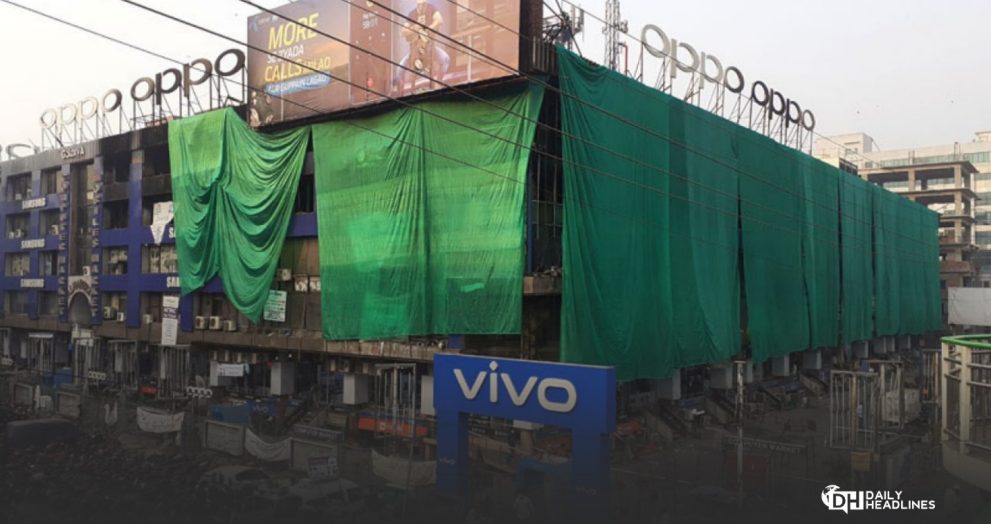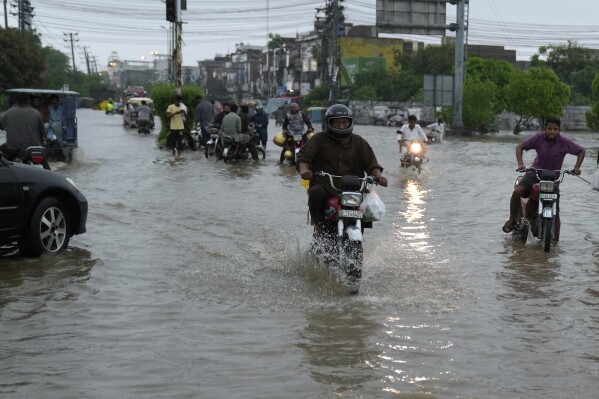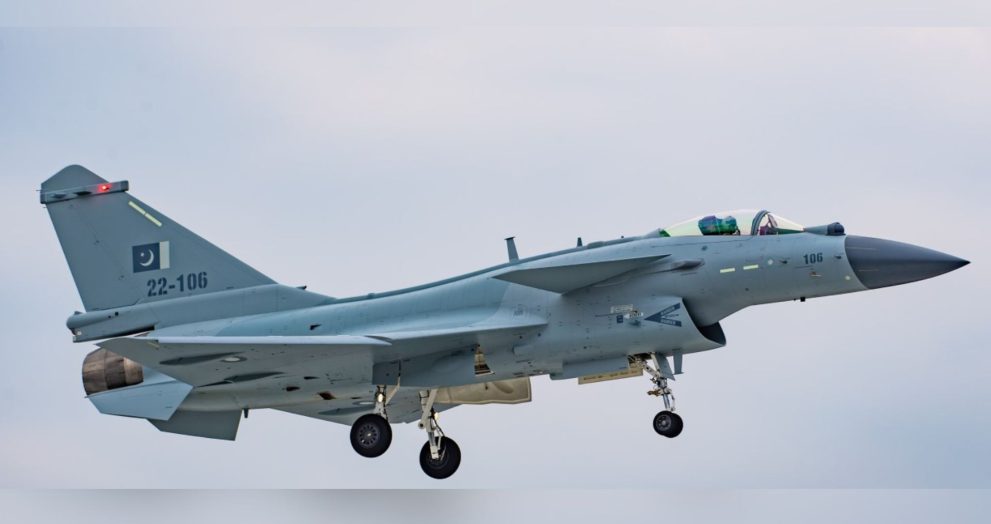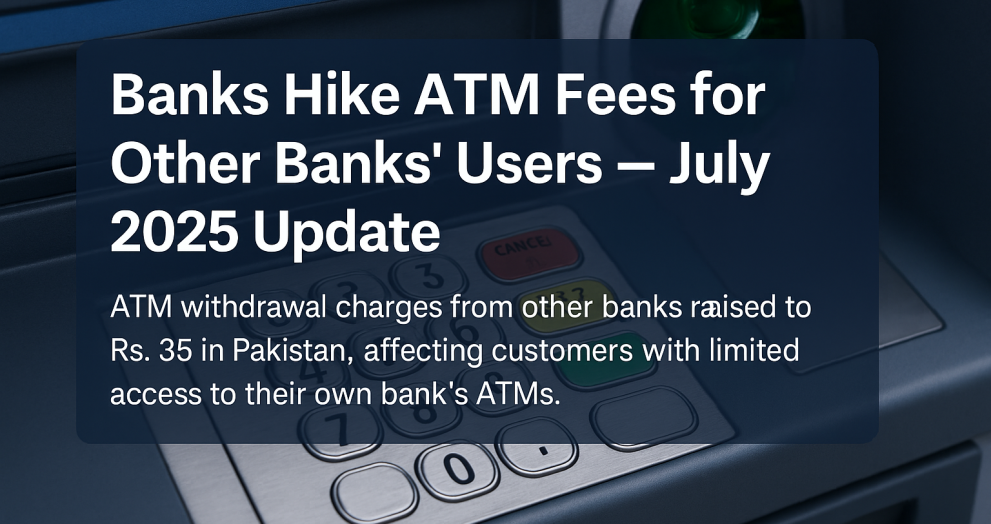Brother of Humaira Asghar denies disowning her following the devastating discovery
Humaira Asghar, the Pakistani actress and model whose decomposed body was found in her Karachi apartment earlier this week, has finally been laid to rest, after days of media speculation over her family’s alleged abandonment. Her brother, Naveed Asghar, arrived from Lahore to claim her remains, strongly refuting reports that the family had refused to accept responsibility for her burial. The actress, who rose to national fame after winning the Veet Miss Super Model title in 2014 and appearing in popular shows like Tamasha Ghar, was discovered dead by a court bailiff during a property eviction notice in the upscale Ittehad Commercial area. Authorities now estimate that Humaira Asghar may have passed away as far back as October 2024, almost nine months before her remains were found. Post-Mortem Findings and Police Report According to Dr. Summaiya Syed, Karachi’s police surgeon, the post-mortem revealed that Humaira Asghar’s body had decomposed significantly over time. “Viscera completely autolyzed and reduced to an unidentifiable blackish mass,” she reported.Hair and abdominal tissue samples have been collected for chemical analysis. Since the condition of the body made it difficult to confirm identity, a blood sample was taken from Naveed Asghar for DNA matching. The discovery sparked nationwide sympathy, confusion, and backlash – especially after reports emerged that no family member had come forward to claim her. The Sindh government even pledged to conduct her last rites if no relative appeared. However, Naveed’s appearance changed the narrative. Family Speaks Out! Speaking openly to media, Naveed Asghar denied rumors that Humaira Asghar had been shunned by the family. He affirmed, “We have arrived and, after meeting all legal requirements, have received the dead body.” He clarified that the independent Pakistani actress Humaira Asghar had gone to Karachi seven years prior and had progressively separated from the family. She hadn’t spoken to them in more than a year and a half, and she only sometimes visited their house – once every six months or more. She informed our father that she was in charge of her own affairs. Six months ago, we attempted to reach her, but nobody knew her address and her phone numbers were off,” he continued. Naveed recalled that while they were grieving over yet another family tragedy – the death of a paternal aunt in a car accident – their father had merely said that the local authorities should handle the funeral if no family could get there right away. He makes the argument that the media exaggerated and misrepresented this casual remark. Criticism of Media Coverage A portion of the media, according to Naveed, sensationalized the family’s disappearance rather than looking into the landlord or the larger circumstances behind Humaira Asghar’s death. No one questioned what truly transpired, despite the fact that you made noise throughout Pakistan and even the world. “Has anybody spoken to the landlord?” he said. He bemoaned the way the media handled the delicate matter, stating that the family was already dealing with a great deal of pain and the constant calls from reporters. Remembering Humaira Asghar’s Career Humaira Asghar was not just a headline. She was a vibrant Pakistani actress who built a career across modeling, television, and cinema. Her roles in dramas like Just Married, Ehsaan Faramosh, Guru, and Chal Dil Mere earned her admiration, while her film credits include Jalaibee (2015) and Love Vaccine (2021). Her popularity surged again with her appearance on the reality show Tamasha Ghar in 2022. Her tragic end and the ensuing media frenzy highlight the harsh realities of fame, solitude, and the pressures that often accompany public life. A Call for Dignity and Accountability How rapidly narratives may be created without facts is demonstrated by the events surrounding Humaira Asghar’s death and her family’s delayed but resolute intervention. Particularly in fields where public figures are frequently abandoned in times of crisis, this occurrence emphasizes the necessity for more sympathetic journalism and closer social ties. Although her family’s final act of claiming her body provides some closure, there are still a lot of unsolved concerns regarding her final days.














